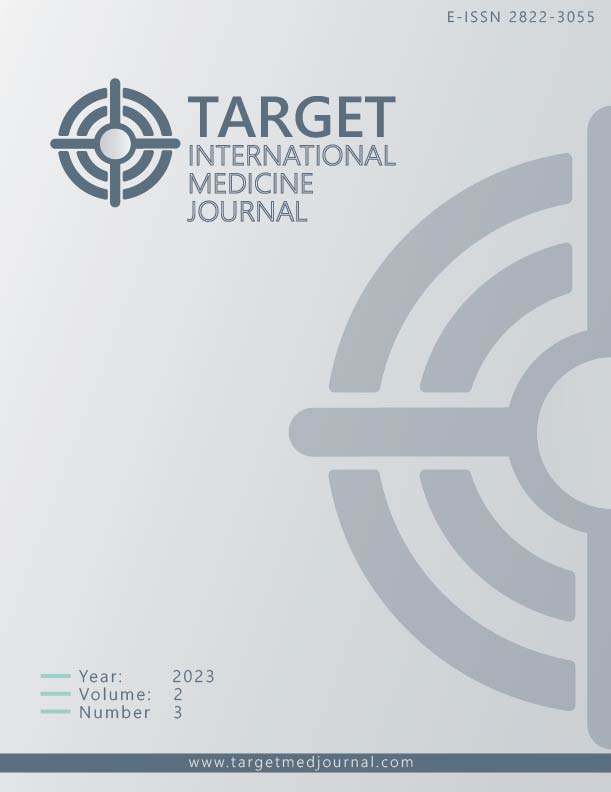Evaluation of Nosocomial Infections Developing in the Tertiary Intensive Care Unit of a Training and Research Hospital
Author :
Abstract
Keywords
Abstract
Aim: Nosocomial infections (NI) lead to negative consequences such as prolonged stay in the intensive care unit (ICU), increased morbidity and mortality. In this study, we aimed to develop infection control measures and strategies by evaluating the distribution of nosocomial infections in tertiary ICU according to the systems and causative microorganisms.
Materials and Methods: 388 patients monitored in the Anesthesia and Reanimation ICU (ARICU) between January 2022 and December 2022 were evaluated retrospectively for nosocomial infections.
Findings: In the one-year monitoring period, in 5044 hospitalisation days of 388 patients, 40 NI episodes were detected in 33 patients in the ARICU. The hospital infection rate was 10.3, and the hospital infection incidence density was 7.9. The most common admission diagnosis was community-acquired pneumonia with 10 (25%), while the most common underlying disease was cardiovascular disease with 18 (26.1%). Among the catheter utilisation rates, urinary catheters presented the highest value with 1.00, while considering the infection rates, ventilator-associated pneumonia (VAP) reached the highest value with 2.63. The most common nosocomial infection, 'pneumonia with specific laboratory findings', was followed by 'laboratory-confirmed bloodstream infection' and 'lower respiratory tract infections other than pneumonia' (27.5%, 20.0%, 17.5%, respectively).Among gram-negative pathogens, Acinetobacter spp was the most common, with 11 (30.6%), while among gram-positive pathogens, S. aureus was the most common, with 2 (40%). While the incidence of multi-drug resistant pathogen was highest in VAP with 6 (85.7%), it was lowest in catheter-related urinary tract infection with 1 (50%). The prevalence of 30-day ICU mortality in patients who developed NI was found to be 18 (54.5%).
Conclusions: Surveillance studies and infection control practices are gaining importance in the prevention of nosocomial infections in the ICU. Appropriate treatment strategies should be developed, and rational antibiotic use should be ensured by the institutions evaluating their own data.
